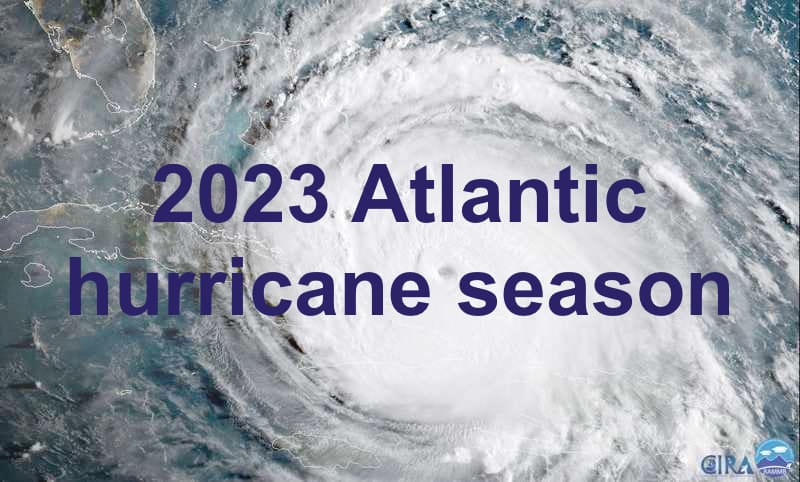History suggests fewer hurricane landfalls & losses, but uncertainty remains: BMS’ Siffert

If one were to look back at historical data on hurricane season years that feature a relatively strong El Niño and at the same time very warm Atlantic sea surface temperatures (SST’s), this might suggest a chance of fewer hurricane landfalls in the United States, and as a result fewer insurance and reinsurance market losses.
But, in an excellent blog post looking ahead to the 2023 Atlantic hurricane season, BMS Senior Meteorologist Andrew Siffert highlights what historical data shows, but also points to some data points that suggest the industry will need to remain on-watch for storm development in certain areas, including close in to the US southeast and Florida.
As we’ve been reporting, early and long-range hurricane season forecasts all tend to point towards an average season ahead, in terms of the number of storms to expect.
There is uncertainty in the forecasts, in the main because of the expected development of a relatively strong El Niño by the peak of the US hurricane season, but also because the Atlantic tropic SST’s are particularly warm this year.
Some forecasts have suggested the potential for elevated threats to the US and in particular for Florida, but Siffert notes that these longer-range hurricane season forecasts are not particularly skilful and insurance, reinsurance and insurance-linked securities (ILS) market interests will need to wait for additional forecasts for the meteorologists to hone their predictions somewhat.
Siffert notes that while the historical data on El Nino years where the Atlantic waters have been warmer might suggest fewer storms and insured losses, one other way to look ahead at the 2023 season is to assess precipitation anomaly forecasts for the Atlantic region as these might provide hints as to where storms could form.
Siffert wrote, “The latest ECMWF forecast model suggests a lot of precipitation anomalies off the coast of Africa and into the Main Development Region. No, this is not necessarily a forecast for named storm activity, but generally, precipitation in these regions would come in the form of tropical waves and could be named storms.
“The ECMWF shows very dry conditions in the Caribbean Sea, possibly due to increased wind shear from the developing El Niño, making it harder for convection to form, limiting the chances for rain in this region.
“There is another precipitation signal off the east coast of the U.S. and Florida and Bahamas, so this is something to watch as the region off the southeast coastline would not be as susceptible to wind shear.
“Therefore, it is possible that this is an area of name-storm development from decaying frontal systems as they move off the East Coast over the summer months.”
These precipitation anomalies, “could mean storms develop early and recurve into the Atlantic with maybe some close to home development off the southeast coastline during the hurricane season,” Siffert explained.
But added, “History would suggest a lower occurrence of landfalls and insurance loss at this time. This would be a nice reprieve from the last three La Niña years, which have also been active loss years for the insurance industry.”
We recommend you take a look at Siffert’s full blog post for more on these trends that can influence the coming hurricane season.
Track the 2023 Atlantic tropical storm and hurricane season on our dedicated page and we’ll update you as new information emerges.






